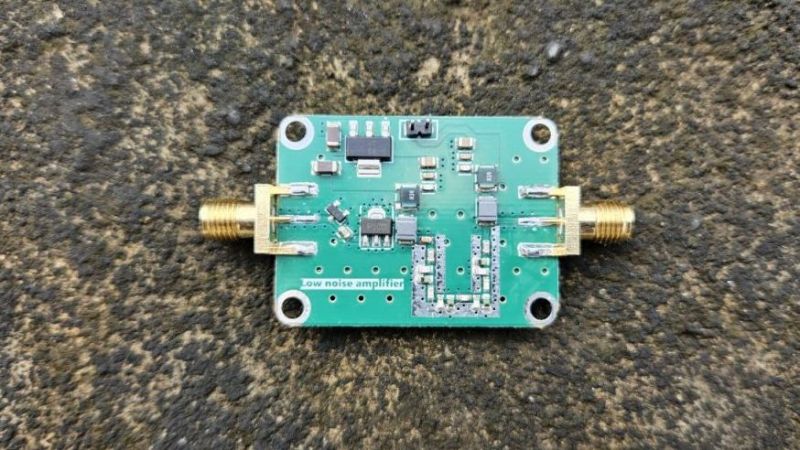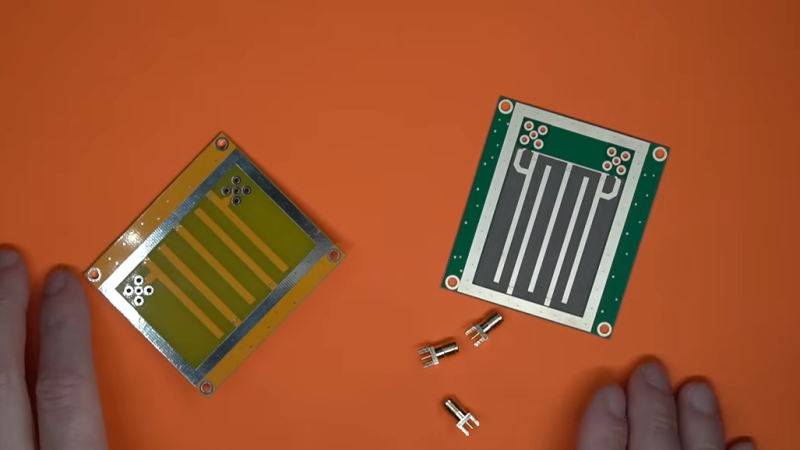A Lesson in RF Design Thanks to This Homebrew LNA

If you’re planning on working satellites or doing any sort of RF work where the signal lives down in the dirt, you’re going to need a low-noise amplifier. That’s typically not a problem, as the market is littered with dozens of cheap options that can be delivered in a day or two — you just pay your money and get to work. But is there a case to be made for rolling your own LNA?
[Salil, aka Nuclearrambo] thinks so, and he did a nice job showing us how it’s done. The first step, as always, is to define your specs, which for [Salil] were pretty modest: a low noise figure, moderate gain, and good linearity. He also wanted a bandpass filter for the 2-meter amateur radio band and for weather satellite downlinks, and a bias-tee to power the LNA over the coax feedline. The blog post has a detailed discussion of the electrical design, plus some good tips on PCB design for RF applications. We also found the discussion on bias-tee design helpful, especially for anyone who has ever struggled with the idea that RF and DC can get along together on a single piece of coax. Part 2 concentrates on testing the LNA, mostly using hobbyist-grade test gear like the NanoVNA and tiny SA spectrum analyzer. [Salil]’s tests showed the LNA lived up to the design specs and more, making it more than ready to put to work with an RTL-SDR.
Was this more work than buying an LNA? Absolutely, and probably with the same results. But then again, what’s to learn by just getting a pre-built module in the mail?
